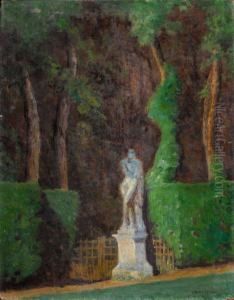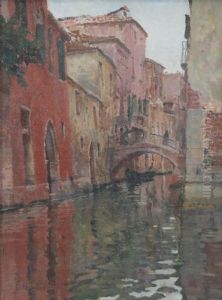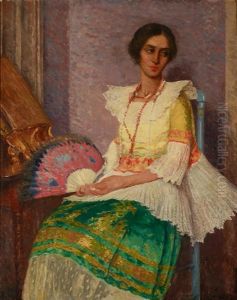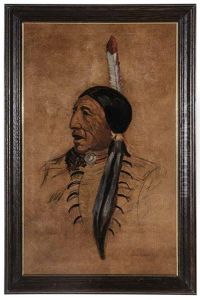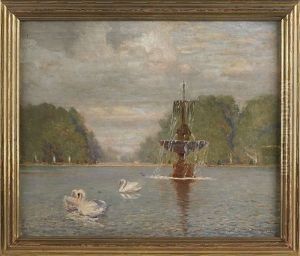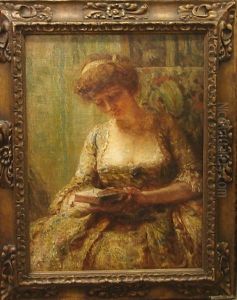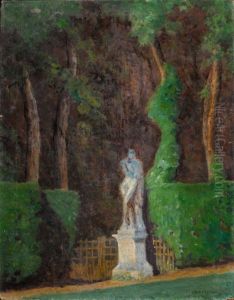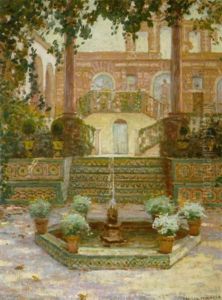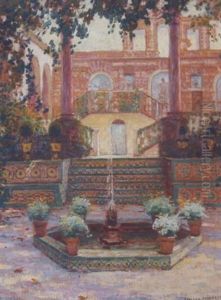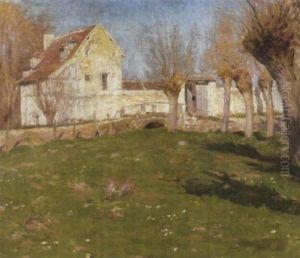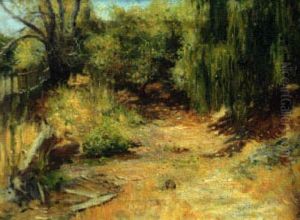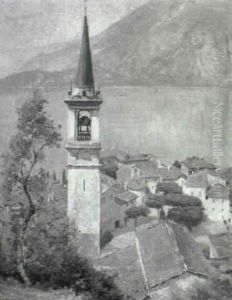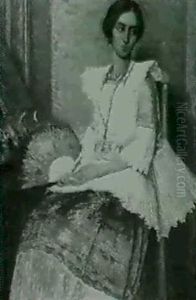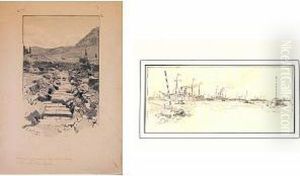Ernest Clifford Peixotto Paintings
Ernest Clifford Peixotto was an American artist known for his work as an illustrator, muralist, and writer. Born on October 15, 1869, in San Francisco, California, Peixotto descended from a Sephardic Jewish family that traced its roots back to Portugal and France. His early life in the culturally vibrant city of San Francisco provided a rich backdrop that influenced his artistic development.
Peixotto studied art under the guidance of Jules Tavernier and later went on to further his education at the Mark Hopkins Institute of Art. His commitment to honing his craft led him to move to Paris, where he continued his studies at the École des Beaux-Arts, one of the most prestigious art schools in the world at the time. During his time in Europe, he was significantly influenced by the Impressionist movement, which is evident in his use of light and color in his works.
Peixotto's career as an illustrator and muralist flourished in the late 19th and early 20th centuries. He contributed illustrations to prominent periodicals such as Scribner's Magazine, Century Magazine, and Harper's Magazine. His illustrations often accompanied text, providing visual narratives to stories, travel accounts, and historical events. In addition to his work in periodicals, Peixotto also illustrated numerous books.
Apart from illustration, Peixotto was also known for his murals, which graced the walls of public buildings and private institutions. One of his most notable contributions as a muralist was to the Panama-Pacific International Exposition held in San Francisco in 1915. His murals were celebrated for their grandeur and the skill with which he could capture the essence of a theme or place.
Peixotto was also a talented writer, authoring several books that reflected his travels and experiences. His writings often combined his artistic sensibilities with his literary skills, creating engaging and visually rich accounts. His books included travelogues and works that delved into the artistic scenes of the places he visited.
During World War I, Peixotto served as a captain in the United States Army's camouflage unit, where he applied his artistic talents to military purposes. His service to his country during this time added another dimension to his multifaceted career.
Ernest Clifford Peixotto passed away on December 6, 1940. Throughout his life, his works were widely appreciated, and today, he is remembered as a significant figure in American art history, particularly in the realm of illustration and mural painting. His legacy lies in the beauty and diversity of his creations, which continue to be studied and admired for their artistic and historical value.
